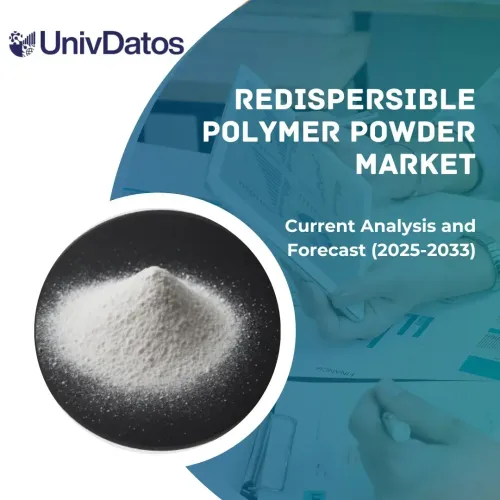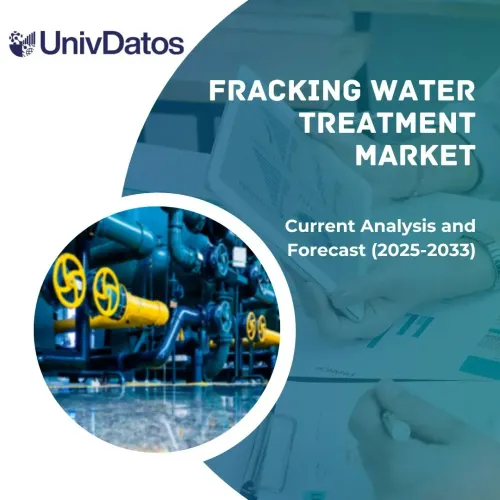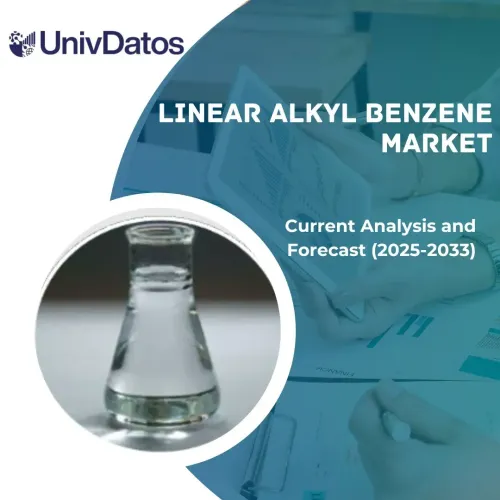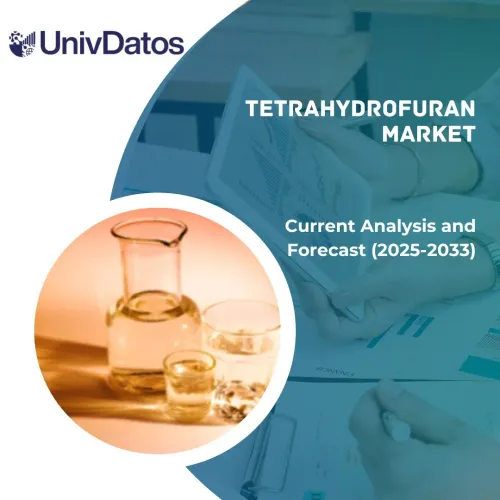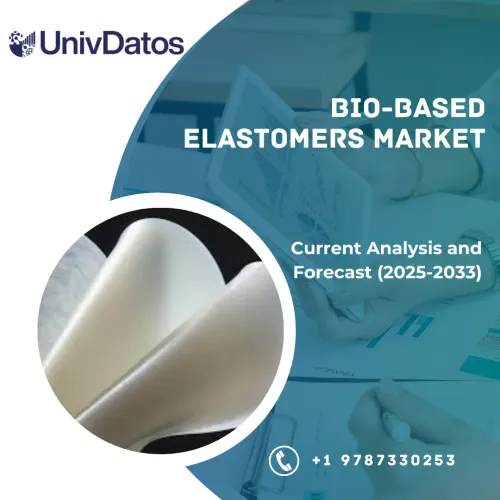Рынок армированных стекловолокном полимеров (GFRP) в регионе MENA: текущий анализ и прогноз (2023-2030)
Акцент на применениях (транспорт, электроника, строительство, спорт и отдых и другие); Тип смолы (термореактивная и термопластичная); и Страна
География:
Индустрия:
Последнее обновление:
Apr 2024
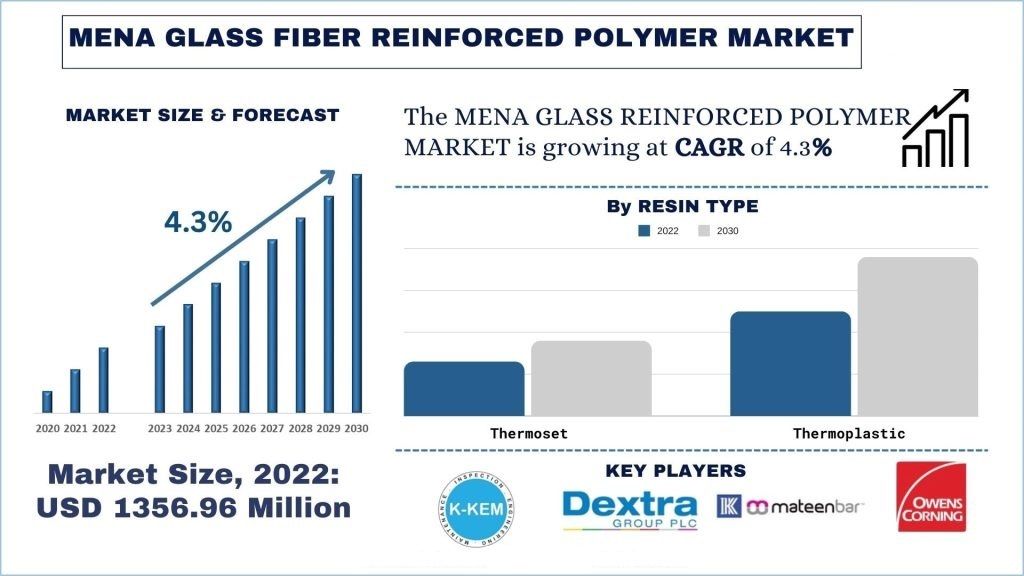
Размер и прогноз рынка армированных стекловолокном полимеров (GFRP) в регионе MENA
Объем рынка армированных стекловолокном полимеров (GFRP) в регионе MENA оценивался в 1356,96 млн долларов США и, как ожидается, будет расти со среднегодовым темпом роста около 4,3% в течение прогнозируемого периода (2023-2030 гг.).Благодаря росту строительства мостов, зданий и промышленности.
Анализ рынка армированных стекловолокном полимеров (GFRP) в регионе MENA
Армированный стекловолокном полимер (GFRP) - это композитный материал, состоящий из полимерной матрицы, армированной стеклянными волокнами. Полимерная матрица, обычно эпоксидная или полиэфирная смола, обеспечивает структуру и связывает волокна, в то время как стеклянные волокна обеспечивают прочность и жесткость. GFRP известен своим высоким соотношением прочности к весу, коррозионной стойкостью и долговечностью, что делает его подходящим для различных применений, таких как строительство, автомобильные детали, аэрокосмические компоненты и морские конструкции.
Например, по оценкам, страна ОАЭ почти удвоит свою мощность производства электроэнергии с 82 ГВт в 2018 году до 160 ГВт к 2040 году. Чтобы достичь этой цели, правительство будет ежегодно инвестировать примерно 5 миллиардов долларов США в производство и 4 миллиарда долларов США в распределение и передачу..
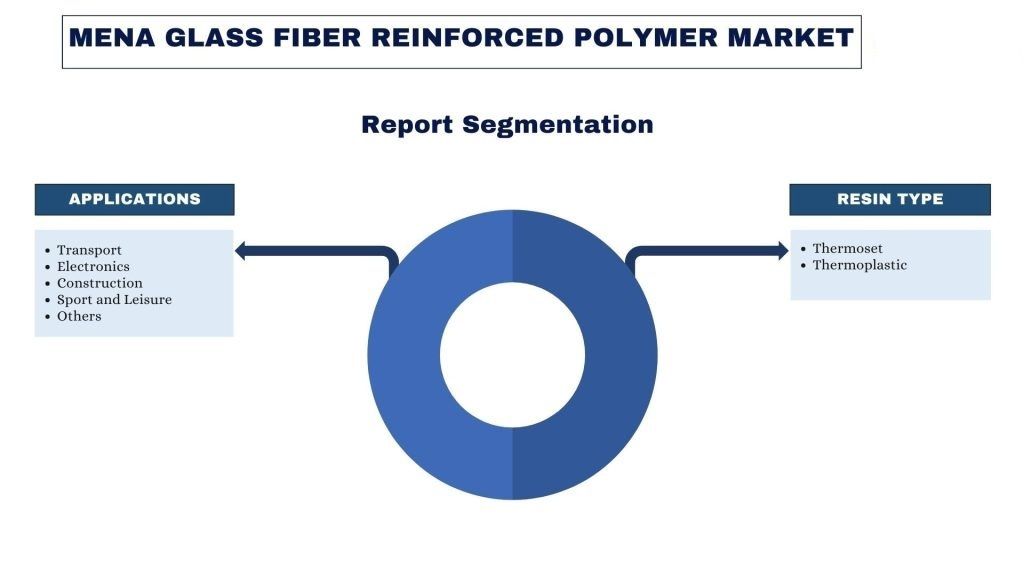
Тенденции рынка армированных стекловолокном полимеров (GFRP) в регионе MENA
В этом разделе обсуждаются основные рыночные тенденции, которые влияют на различные сегменты рынка армированных стекловолокном полимеров, выявленные нашей командой экспертов по исследованиям.
Строительство преобразует отрасль
Строительная отрасль переживает трансформационный сдвиг в сторону использования армированных стекловолокном полимеров (GFRP) в качестве замены традиционных материалов, таких как сталь и бетон. Высокое соотношение прочности к весу GFRP, низкая плотность и устойчивость к коррозии делают его идеальным выбором для широкого спектра строительных применений, включая арматурные стержни, конструкционные панели и фасады. Архитекторы и инженеры все чаще используют гибкость GFRP для создания инновационных проектов и конструкций, которые ранее были невозможны с использованием обычных материалов. Кроме того, легкий вес GFRP облегчает транспортировку и установку, что приводит к сокращению времени и затрат на строительство. Поскольку устойчивость и устойчивость становятся первостепенными проблемами в строительном секторе, перерабатываемость и долговечность GFRP позиционируют его как материал выбора для будущих инфраструктурных проектов.
Ожидается, что ОАЭ будет расти со значительным среднегодовым темпом роста в течение прогнозируемого периода
Объединенные Арабские Эмираты (ОАЭ) находятся в авангарде внедрения армированных стекловолокном полимеров (GFRP) в различных отраслях, чему способствует их стремление к инновациям и устойчивому развитию. В строительном секторе, где знаковые проекты, такие как Бурдж-Халифа и Палм-Джумейра, установили глобальные ориентиры, GFRP находит все большее применение благодаря своим легким характеристикам и замечательной долговечности. Высокое соотношение прочности к весу GFRP делает его идеальным выбором для небоскребов, мостов и инфраструктурных проектов, что идеально соответствует стремлению ОАЭ создать устойчивые, футуристические городские ландшафты.Более того, с приближающейся выставкой Expo 2020 Dubai и акцентом страны на устойчивое городское планирование, примером которого являются такие инициативы, как Masdar City, спрос на GFRP в архитектурных фасадах, конструкционных усилениях и энергоэффективных решениях испытывает экспоненциальный рост.
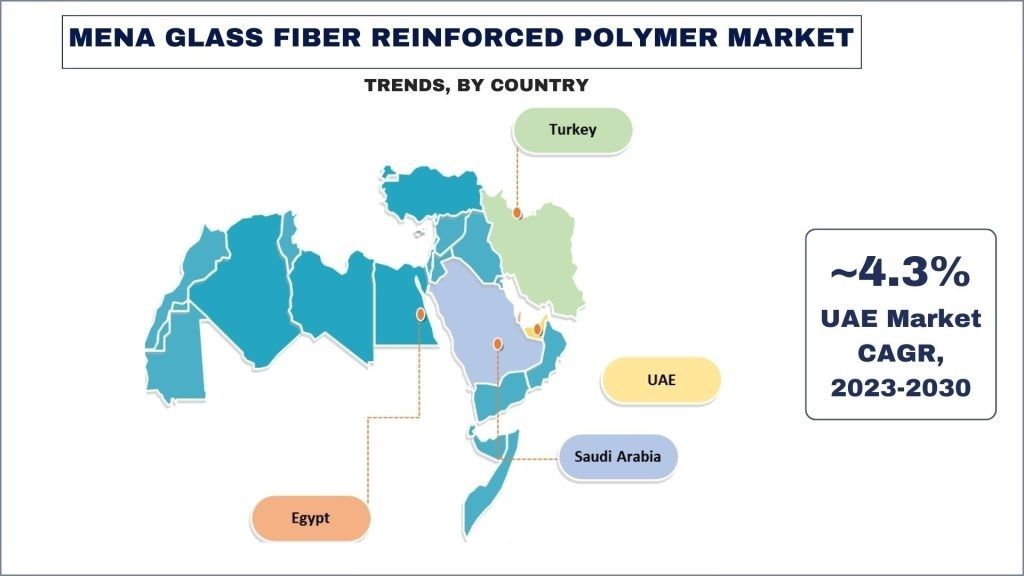
Обзор отрасли армированных стекловолокном полимеров
Рынок армированных стекловолокном полимеров является конкурентным и фрагментированным, с присутствием нескольких игроков на рынках MENA и международных игроков. Ключевые игроки принимают различные стратегии роста для расширения своего присутствия на рынке, такие как партнерства, соглашения, сотрудничество, выпуск новых продуктов, географическое расширение и слияния и поглощения. Некоторые из основных игроков, работающих на рынке: BASF SE, Owens Corning, Jushi Group, Saint Gobain, PPG Industries, Inc., CTG Group, Fiber Technic Ltd., Dextra Group, IKK Mateenbar Limited, Saudi K-KEM.
Новости рынка армированных стекловолокном полимеров (GFRP) в регионе MENA
- В мае 2022 года Ottobock, Rheinmetall разработали новую рессору из стекловолокна. В сотрудничестве с OEM-производителем премиум-класса, технологическая группа из Дюссельдорфа теперь представила этот продукт в тестовом автомобиле-прототипе.
- В сентябре 2021 года исследователь AUS изучает использование нового материала для устойчивого железобетона в ОАЭ
Охват отчета о рынке армированных стекловолокном полимеров (GFRP) в регионе MENA
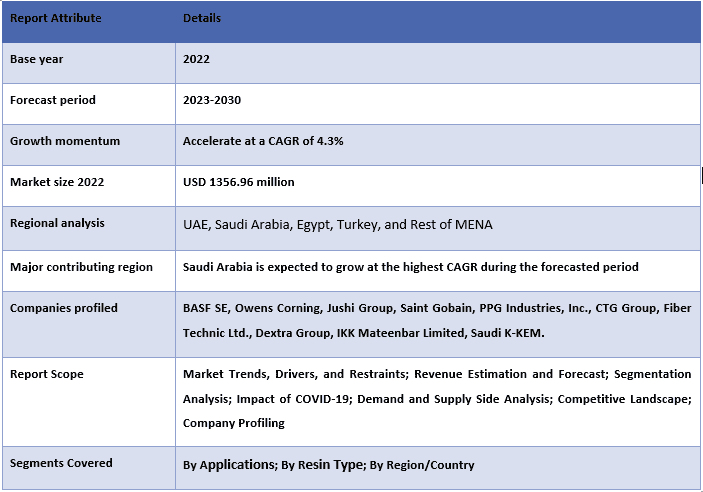
Причины для покупки этого отчета:
- Исследование включает в себя анализ размеров рынка и прогнозирование, подтвержденный аутентичными ключевыми отраслевыми экспертами.
- Отчет представляет краткий обзор общих показателей деятельности отрасли с первого взгляда.
- Отчет содержит углубленный анализ выдающихся отраслевых коллег с основным акцентом на ключевые финансовые показатели бизнеса, продуктовые портфели, стратегии расширения и недавние разработки.
- Подробное изучение движущих сил, ограничений, ключевых тенденций и возможностей, преобладающих в отрасли.
- Исследование всесторонне охватывает рынок по различным сегментам.
- Углубленный анализ отрасли на региональном уровне.
Варианты настройки:
Рынок армированных стекловолокном полимеров (GFRP) в регионе MENA может быть дополнительно настроен в соответствии с требованиями или любым другим сегментом рынка. Кроме того, UMI понимает, что у вас могут быть свои собственные бизнес-потребности, поэтому не стесняйтесь обращаться к нам, чтобы получить отчет, который полностью соответствует вашим требованиям.
Содержание
Методология исследования для анализа рынка армированных стекловолокном полимеров (GFRP) в регионе MENA (2023-2030 гг.)
Анализ исторического рынка, оценка текущего рынка и прогнозирование будущего рынка армированных стекловолокном полимеров (GFRP) в регионе MENA были тремя основными шагами, предпринятыми для создания и анализа внедрения армированных стекловолокном полимеров в основных регионах MENA. Были проведены исчерпывающие вторичные исследования для сбора исторических рыночных показателей и оценки текущего размера рынка. Во-вторых, чтобы подтвердить эти идеи, были приняты во внимание многочисленные выводы и предположения. Кроме того, были проведены исчерпывающие первичные интервью с отраслевыми экспертами по всей цепочке создания стоимости рынка армированных стекловолокном полимеров (GFRP) в регионе MENA. После предположения и подтверждения рыночных показателей посредством первичных интервью мы применили подход сверху вниз/снизу вверх для прогнозирования общего размера рынка. После этого были приняты методы разбивки рынка и триангуляции данных для оценки и анализа размера рынка сегментов и подсегментов отрасли. Подробная методология объясняется ниже:
Анализ исторического размера рынка
Шаг 1: Углубленное изучение вторичных источников:
Подробное вторичное исследование было проведено для получения исторического размера рынка армированных стекловолокном полимеров из внутренних источников компании, таких какгодовые отчеты и финансовая отчетность, презентации о результатах деятельности, пресс-релизы и т. д.,и внешних источников, включаяжурналы, новости и статьи, правительственные публикации, публикации конкурентов, отраслевые отчеты, сторонние базы данных и другие заслуживающие доверия публикации.
Шаг 2: Сегментация рынка:
После получения исторического размера рынка армированных стекловолокном полимеров мы провели детальный вторичный анализ для сбора исторических рыночных данных и доли различных сегментов и подсегментов для основных регионов. Основные сегменты включены в отчет как применения и тип смолы. Далее были проведены анализы на уровне стран для оценки общего внедрения моделей тестирования в этом регионе.
Шаг 3: Факторный анализ:
После получения исторического размера рынка различных сегментов и подсегментов мы провели подробныйфакторный анализдля оценки текущего размера рынка армированных стекловолокном полимеров. Кроме того, мы провели факторный анализ с использованием зависимых и независимых переменных, таких как области применения и тип смолы на рынке армированных стекловолокном полимеров. Был проведен тщательный анализ сценариев спроса и предложения с учетом ведущих партнерств, слияний и поглощений, расширения бизнеса и запуска продуктов в секторе рынка армированных стекловолокном полимеров по всему миру.
Оценка и прогноз текущего размера рынка
Определение текущего размера рынка:Основываясь на практических данных, полученных в результате вышеуказанных 3 этапов, мы пришли к текущему размеру рынка, ключевым игрокам на рынке стекловолокнистых полимеров в регионе MENA и рыночным долям сегментов. Все необходимые доли в процентах, разбивки и разделы рынка были определены с использованием вышеупомянутого вторичного подхода и проверены посредством первичных интервью.
Оценка и прогнозирование:Для оценки и прогнозирования рынка были присвоены веса различным факторам, включая драйверы и тенденции, ограничения и возможности, доступные для заинтересованных сторон. После анализа этих факторов были применены соответствующие методы прогнозирования, т. е. восходящий/нисходящий подход, для получения прогноза рынка на 2030 год для различных сегментов и подсегментов на основных рынках MENA. Методология исследования, принятая для оценки размера рынка, включает:
- Размер рынка отрасли с точки зрения выручки (USD) и уровень внедрения рынка стекловолокнистых полимеров на основных рынках внутри страны
- Все процентные доли, разбивки и разделы рыночных сегментов и подсегментов
- Ключевые игроки на рынке стекловолокнистых полимеров в регионе MENA с точки зрения предлагаемых продуктов. Кроме того, стратегии роста, принятые этими игроками для конкуренции на быстрорастущем рынке
Проверка размера и доли рынка
Первичные исследования:Были проведены углубленные интервью с ключевыми лидерами мнений (KOL), включая руководителей высшего звена (CXO/VP, руководитель отдела продаж, руководитель отдела маркетинга, руководитель отдела эксплуатации, региональный руководитель, руководитель страны и т. д.) в основных регионах. Результаты первичных исследований были затем обобщены, и был проведен статистический анализ для доказательства заявленной гипотезы. Данные первичных исследований были консолидированы с вторичными данными, превращая, таким образом, информацию в практические идеи.
Разделение первичных участников по различным регионам
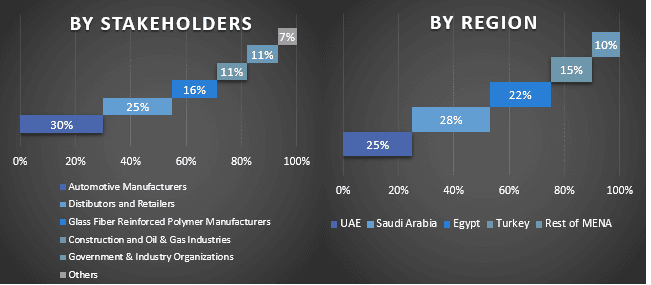
Технический анализ рынка
Метод триангуляции данных был использован для завершения общей оценки рынка и получения точных статистических данных для каждого сегмента и подсегмента рынка стекловолокнистых полимеров MENA. Данные были разделены на несколько сегментов и подсегментов после изучения различных параметров и тенденций в областях применения и типа смолы на рынке стекловолокнистых полимеров MENA.
Основная цель исследования рынка стекловолокнистых полимеров MENA
В исследовании были определены текущие и будущие рыночные тенденции рынка стекловолокнистых полимеров MENA. Инвесторы могут получить стратегические идеи, чтобы обосновать свое усмотрение для инвестиций на основе качественного и количественного анализа, проведенного в исследовании. Текущие и будущие рыночные тенденции определили общую привлекательность рынка на региональном уровне, предоставив платформу для участников отрасли, чтобы использовать неиспользованный рынок, чтобы получить выгоду от преимущества первого хода. Другие количественные цели исследований включают:
- Проанализировать текущий и прогнозируемый размер рынка стекловолокнистых полимеров с точки зрения стоимости (USD). Кроме того, проанализировать текущий и прогнозируемый размер рынка различных сегментов и подсегментов.
- Сегменты исследования включают области применения и тип смолы.
- Определение и анализ нормативной базы для стекловолокнистых полимеров
- Анализ цепочки создания стоимости с присутствием различных посредников, а также анализ поведения клиентов и конкурентов в отрасли.
- Проанализировать текущий и прогнозируемый размер рынка стекловолокнистых полимеров для основного региона.
- Основные страны регионов, изученные в отчете, включают ОАЭ, Саудовскую Аравию, Египет, Турцию и остальную часть MENA
- Профили компаний рынка стекловолокнистых полимеров и стратегии роста, принятые игроками рынка для выживания на быстрорастущем рынке.
- Углубленный анализ отрасли на региональном уровне
Часто задаваемые вопросы Часто задаваемые вопросы
В1: Каков текущий размер рынка и потенциал роста рынка стеклопластиков?
В2: Какие факторы обусловливают рост рынка стеклопластиков?
В3: Какой сегмент имеет наибольшую долю рынка стеклопластиков по типу смолы?
В4: Какой регион будет доминировать на рынке стеклопластиков?
Связанные Отчеты
Клиенты, купившие этот товар, также купили

